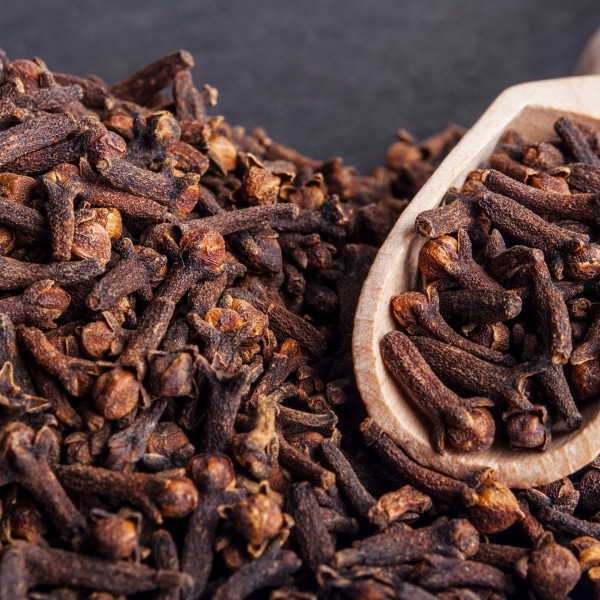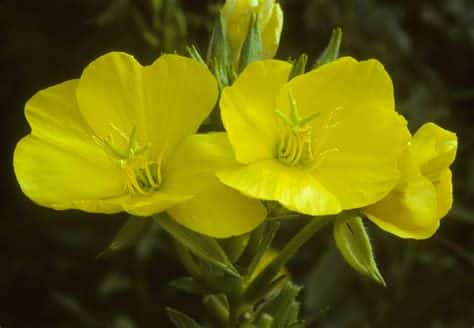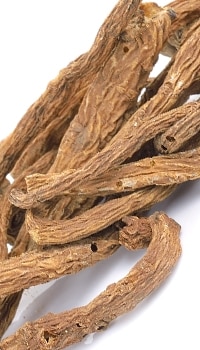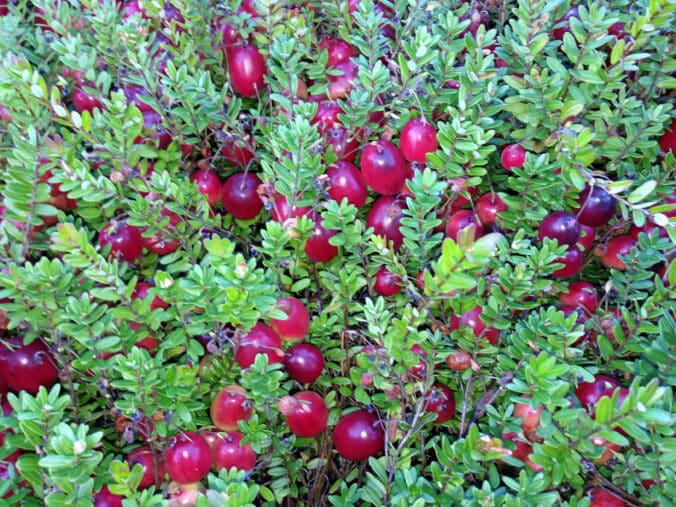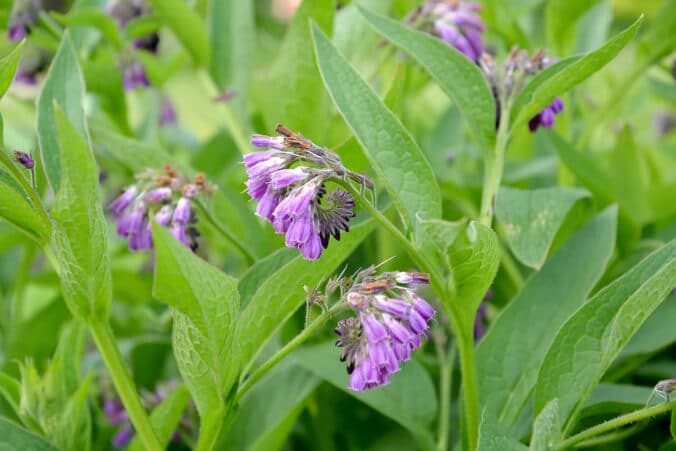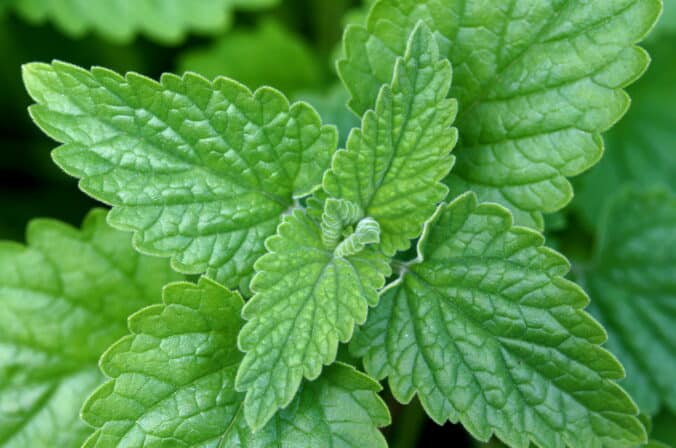When it comes to understanding our bodies, there are various holistic approaches that healthcare professionals may use to gain insights into our overall health including iridology. One captivating method is iridology, a practice that involves analyzing the iris of the eye to identify potential health issues. In this blog post, we will delve into how iridology works and highlight key points of anatomy that are essential for both doctors and patients to understand.
Firstly, let’s take a closer look at how iridology works. The practice of iridology is based on the concept that different areas of the iris correspond to specific organs and body systems. By examining the colors, patterns, and other characteristics of the iris, practitioners believe they can detect signs of potential health imbalances. These observations are then used to guide patients toward making lifestyle adjustments and addressing any underlying health issues.
From an anatomical standpoint, it is crucial for both doctors and patients to understand the key points that play a role in iridology. The iris, which is the colored part of the eye, is a complex structure made up of various layers and muscles. Understanding the anatomy of the iris allows practitioners to interpret the subtle changes and markings that may indicate potential health concerns.
Furthermore, the autonomic nervous system, which regulates involuntary bodily functions such as heart rate and digestion, is closely tied to iridology. The sympathetic and parasympathetic branches of the autonomic nervous system are thought to manifest in specific ways within the iris, providing valuable insights for iridologists.
When it comes to the practitioner-patient dynamic in iridology, an open and communicative relationship is essential. Patients should feel comfortable discussing their lifestyle habits, medical history, and any symptoms they may be experiencing. Likewise, practitioners should openly explain the principles of iridology, manage patient expectations, and encourage collaboration in the pursuit of holistic well-being.
In conclusion, iridology offers a unique perspective on assessing one’s health by examining the intricate details of the iris. While it may not be a standalone diagnostic tool, it can complement traditional medical practices and provide valuable insights into a patient’s well-being. By understanding the basics of iridology and the relevant points of anatomy, both doctors and patients can foster a cooperative approach to holistic healthcare.
Incorporating the principles of iridology into one’s overall healthcare regimen has the potential to promote a deeper understanding of the body and encourage proactive measures for well-being. As with any holistic practice, it is essential to approach iridology with an open mind and a willingness to collaborate with qualified healthcare professionals.
Through this exploration of iridology and its connection to anatomy, we gain a broader perspective on the intricate relationship between our eyes and our overall health.


